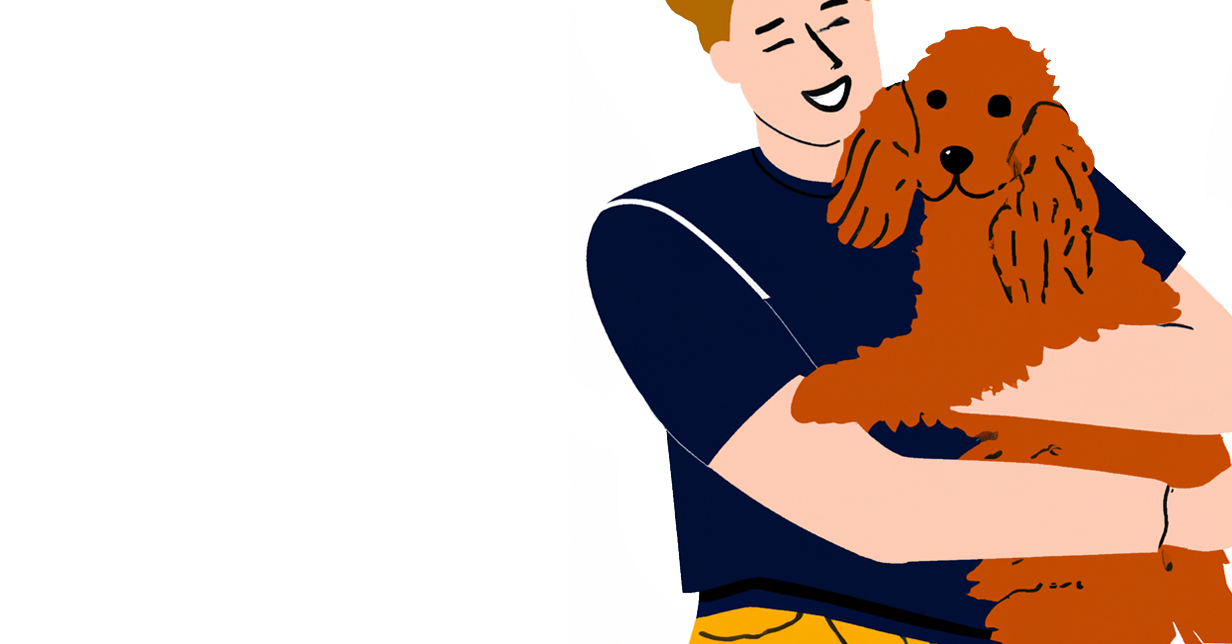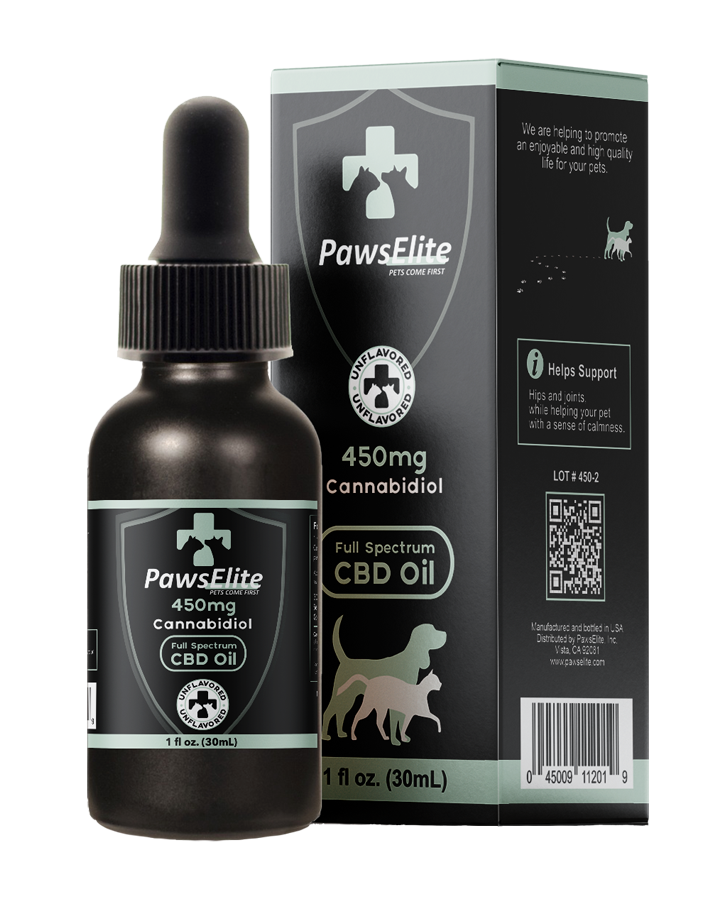
Human Affection Through Hugging and How Dogs Perceive It
Share
Humans often express love and affection through physical gestures, with hugging being one of the most common ways to show care and connection. It’s a natural response in close relationships, offering comfort, warmth, and a sense of security. Many pet owners instinctively extend this behavior to their dogs, assuming it conveys the same emotions.
However, dogs don’t necessarily interpret hugs the way humans do. Unlike people, dogs communicate primarily through body language, and wrapping arms around them can sometimes feel restrictive or overwhelming. While some dogs may tolerate or even enjoy hugs, others might perceive them as a threat or an invasion of their personal space. Understanding this difference is key to ensuring your dog feels loved in a way that aligns with their natural instincts and comfort.
The Canine Perspective on Physical Affection
Dogs rely heavily on body language to communicate, and their interpretation of physical gestures often differs from humans. For many dogs, hugging can feel like a form of restraint rather than affection. This is because wrapping arms around them limits their movement, which may trigger feelings of vulnerability or stress.
In the canine world, physical closeness is often reserved for specific interactions, like play or grooming, rather than prolonged embraces. While some dogs may learn to associate hugs with positive experiences through training or bonding, it’s not an instinctive form of affection for them.
Signs Your Dog May Be Uncomfortable with Hugs or Physical Contact
Dogs give clear signals when they feel uneasy. Here are some common signs to watch for:
- Tensing up: A stiff body or rigid posture indicates discomfort.
- Ears pulled back: Flattened ears are often a sign of stress or fear.
- Turning their head away: Avoiding eye contact or turning their face away shows they may not welcome the interaction.
- Yawning or licking lips: These subtle behaviors are often stress-related.
- Whining or growling: Vocal cues indicate that your dog is not at ease.
- Attempting to move away: A clear sign that your dog wants space.
Recognizing these signs helps you respect your dog’s boundaries and adjust your approach to physical affection in ways they feel safe and comfortable. By observing their body language, you can foster a more trusting and loving relationship.
Safe and Enjoyable Ways to Show Affection
There are many ways to show your dog love and affection that align with their natural preferences and comfort. These methods not only strengthen your bond but also ensure your dog feels safe and happy.
Gentle Petting
Most dogs enjoy gentle petting in specific areas, like the chest, shoulders, and base of the tail. Many also love a soft scratch behind the ears or under the chin. Avoid petting sensitive spots like the paws, legs, or head unless your dog clearly shows they are comfortable with it. Always watch for signs of enjoyment, such as a wagging tail or relaxed posture, to guide your interactions.
Playtime
Interactive play is one of the best ways to bond with your dog. Games like fetch, tug-of-war, or hide-and-seek provide both mental and physical stimulation. Playtime is not just about fun—it helps reinforce trust, release pent-up energy, and strengthen your connection. Tailor activities to your dog’s preferences and energy level for maximum enjoyment.
Training Sessions
Positive reinforcement training is a powerful way to show affection while teaching your dog new skills. Rewarding good behavior with treats, praise, or play helps your dog associate learning with positive experiences. Training sessions also build mutual trust and improve communication between you and your dog, deepening your relationship over time.
Verbal Praise
Dogs respond well to verbal cues, especially when delivered in a soothing and happy tone. Using kind words like “good dog” or “well done” reinforces positive behavior and makes your dog feel appreciated. Coupling verbal praise with gentle petting or a treat enhances its impact and creates a sense of security and affection.
By incorporating these safe and enjoyable methods into your routine, you can show your dog love in ways they naturally understand and appreciate.
Recognizing and Respecting Individual Preferences
Just like people, every dog is unique, with its own set of likes and dislikes. While some dogs may enjoy a belly rub, others might prefer a simple scratch behind the ears. Understanding these preferences is key to building a trusting and affectionate relationship.
Tips for Observing and Interpreting Body Language
- Watch for Relaxed Postures: A wagging tail, loose body, and calm eyes are signs your dog feels comfortable.
- Notice Avoidance Behaviors: Turning their head away, moving back, or tensing up indicates they might not enjoy the current interaction.
- Understand Vocal Cues: Whining, growling, or barking can signal discomfort or overstimulation.
- Experiment Gently: Try different ways of showing affection—gentle petting, verbal praise, or play—and pay attention to what makes your dog happiest.
By observing your dog’s body language, you can tailor your interactions to their preferences, ensuring they feel safe and loved.
Dogs are individuals with unique ways of showing and receiving love. Exploring different methods of affection—like gentle petting, interactive play, or positive reinforcement—allows you to discover what resonates most with your dog.
Respecting your dog’s boundaries is essential to fostering a trusting and secure relationship. By paying attention to their body language and preferences, you can create a deeper bond based on mutual understanding and comfort.







